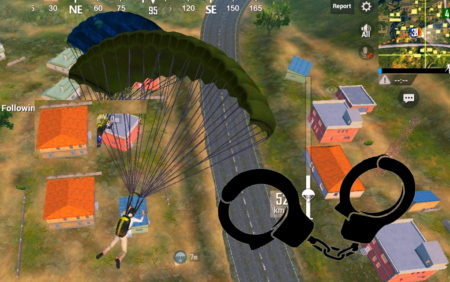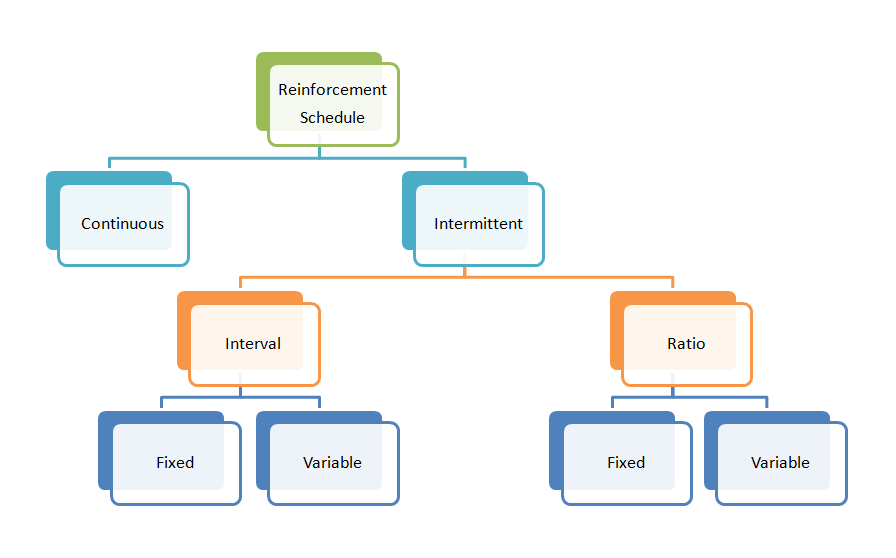Understanding the psychology of video games that make them so addictive

Why are video games so addictive? It is not just addictive but it makes the players or uses of the video game grow so attached to it / get much satisfaction from it / or can also get so frustrated and despondent as well. Not everyone who plays a video game gets addicted to it, but the games are definitely designed to make the players play more and more, which is fundamentally the business model.
Video games especially the mobile based video games today are extremely effective in getting people at all ages hooked on to them. The number of parents who bring in their children with complaints about them not being able to concentrate on studies due to a mobile game addiction is definitely on the rise. News articles about young people and adults when they were stopped from using their beloved mobile video games, resorting to violence towards parents, towards others or towards themselves as well, is a clear indication that we need to understand this phenomenon better. It is practically not possible to ban all video games in today’s era of internet connectivity, smart phones, high mobile usage, availability of everything at the touch of a button, minimal cost of data and the fact that mobile gaming is a huge industry.
The video game Call of Duty is released this week on the mobile platforms too. PUBG was released on mobile platforms in February 2018. Within a year PUBG mobile was awarded the game of the year 2018 and approximately 200 million monthly players excluding China numbers. The popularity of these games is staggering.
Once the player has experienced the game they will need to pay for premium features. These are called the freemium model to monetize the game.
I think it would be a good exploration to understand the psychology behind these video games that gets people so hooked on to it. What is the psychology behind video game addiction?
Accessibility makes mobile games very attractive. Video games on mobile are even more accessible, even more easy to use anywhere – at home, in the playground, at school, at work etc. Stable and strong internet connectivity makes for easy and anywhere access.
In this article I am not going to discuss all the psychological impact of the games on the players but try to understand the way that these video games operate that gets people hooked on it.
For this first let us understand certain concepts in psychology especially on motivation and reinforcement.
Dopamine is a neurotransmitter a chemical that is produced in our brains that plays a significant part in reward-motivated behaviour. Dopamine is released whenever we do something that we like doing, pleasurable situations and makes us seek such conditions. Dopamine motivates us to repeat those behaviours. Dopamine is released whenever we take actions to meet our needs and desires, to encourage those actions.
It is an established fact that playing video games has an impact on the dopamine release. A study in 98 showed it to have a 100% increase in dopamine levels in players. Its more than 20 years since and video games have become more attractive, colourful, complex, interactive and more addictive now. A surge of dopamine means the player would seek the same again, by playing again and again. I will talk about rewards and reinforcement in a bit. Every time a reward is gained, there is an increase in dopamine. Games are designed for the player to stay motivated to play, gain rewards in different ways possible to keep the excitement going, basically keep the dopamine going.
Motivation: Basically there are two types of motivation for any behaviour that is goal-directed. Motivation could be internal or intrinsic – sense of pride, achievement, enjoyment, satisfaction, belonging, competition, status, progress etc. Motivation could be external or extrinsic – rewards, recognition, social standing, finances etc
Intrinsic motivation
a. Video games give players a sense of achievement, enjoyment, pride, status in the virtual world.
Video games are designed to award certain score based on the player’s performance. And these scores can be compared with other players, and can lead to a sense of achievement in the player. When the scores go beyond a particular number, the player reaches the next level in the game. Higher the level reached greater is the sense of success and the competition in the game. The games also match the player with other players of similar skill level or lower to ensure that the player doesn’t lose all the time, giving them sense of satisfaction and pride through the victory. These games allow single person play as well as group or team play as well. These variations allow the players to hone their skills, and showcase them in multiplayer games giving them a sense of pride and success. New skills learnt, new resources acquired makes player feel more powerful.
b. Video games give players a sense of social connection
Advanced mobile video games also allow text chatting or talking with other players during the game. PUBG allows the players to talk to each other during the game. Give the player a sense of belonging and being part of the team, though in the virtual world.
Extrinsic motivation
One of the key ways that extrinsic motivation is administered in these video games is rewards. Rewards encourage the player to play more through a process called reinforcement. Reinforcement is a process of encouraging or establishing a certain pattern of behaviour or a belief.
For example, when a mother is trying to potty train the child, the mother either rewards the child with any object of the child’s likes or praises the child which is an emotional reward whenever the child is able to behave in the desired manner.
Same thing is applicable with respect to rewards and recognition for employees in a work environment.
Reinforcement can be given in multiple ways, and depending upon the recency of the desired behaviour, the need to keep up the motivation levels etc.

a. Continuous reinforcement: Every time the desired behaviour is exhibited, the reward is provided. Over a period of time the value of the reward reduces because it is provided every time.
These games use continuous reinforcement to establish loyalty and have the players a regular connect with the game. These could be daily login rewards, weekly activity or challenge completion rewards etc. The player gets these rewards just by logging into the game once in a day. This ensures that the player logs in at least once a day and finishes the weekly tasks on the game.
b. Intermittent reinforcement: In this option rewards are not given every time. This can be on the basis of at time interval on the basis of the frequency/ratio of occurrence of the desired behaviour.
- Fixed interval reward / Variable interval reward
Rewards can be given at fixed time intervals which are known, or can be given at variable time interval which is unknown.
When rewards are given at variable time intervals, it has an element of surprise and increases the excitement of getting the reward. Here the desired responses are awarded after an unknown or unpredictable amount of time has elapsed.
- Fixed ratio reward / Variable ratio reward
Rewards can be given at fixed ratio which are known, or can be given at variable ratio which is unknown.
After a specific number of wins in a given game, the player would be awarded with a bonus set of points or resources. The Player knows that would get the bonus after the specific number of wins or specific number of tasks. Player is motivated to complete the number of wins in the game.
When awards are given at unknown/variable ratio/frequency which would be unknown and unpredictable, encourages the player to continue playing with a hope and excitement for this reward over a long period of time without losing the motivation to continue playing the game.
In video games, new skins, new events and seasons are introduced to keep the player interested in the game. When the player completes specific game activities/missions and reaches higher levels, the player will be able to get more rewards. These missions and events could be random and unspecified motivating the player to stay excited in the game.
New experiences, obstacles, features, resources, new challenges etc keeps the player going back to the game again and again.
The fact that WHO has recognized and has defined Gaming disorder in the ICD – 11 that includes both digital gaming and video gaming, online or offline games that are accessed through gaming devices, consoles, computers, TV screens, tablets, or mobile devices etc, it is important that we gear up to address this growing challenge as individuals personally, as parents and as society as a whole.
Kala Balasubramanian is a certified Counselling Psychologist and Psychotherapist with a Masters in Counselling and Psychotherapy, Diplomas in Counselling and has further certifications specializing in couple/marriage/relationship counselling and family counselling. As a trained therapist, she provides professional and confidential – face to face Counselling in Bangalore including Individual counselling and Couples counselling / Marriage counselling in Bangalore and Online Counselling over video calls for others residing outside Bangalore and abroad.
Call us at +919632146316 or write to us at counselor@innerdawn.in. If you are in Bangalore, you can meet the counselor in person – face to face. If you are in a different location you can ask for online counselling over video calls.
Ref:
https://hackernoon.com/why-is-PUBG-so-addictive-353cbb394e8a
https://www.vox.com/science-and-health/2018/12/6/18050680/video-game-addiction-gaming-disorder-who
